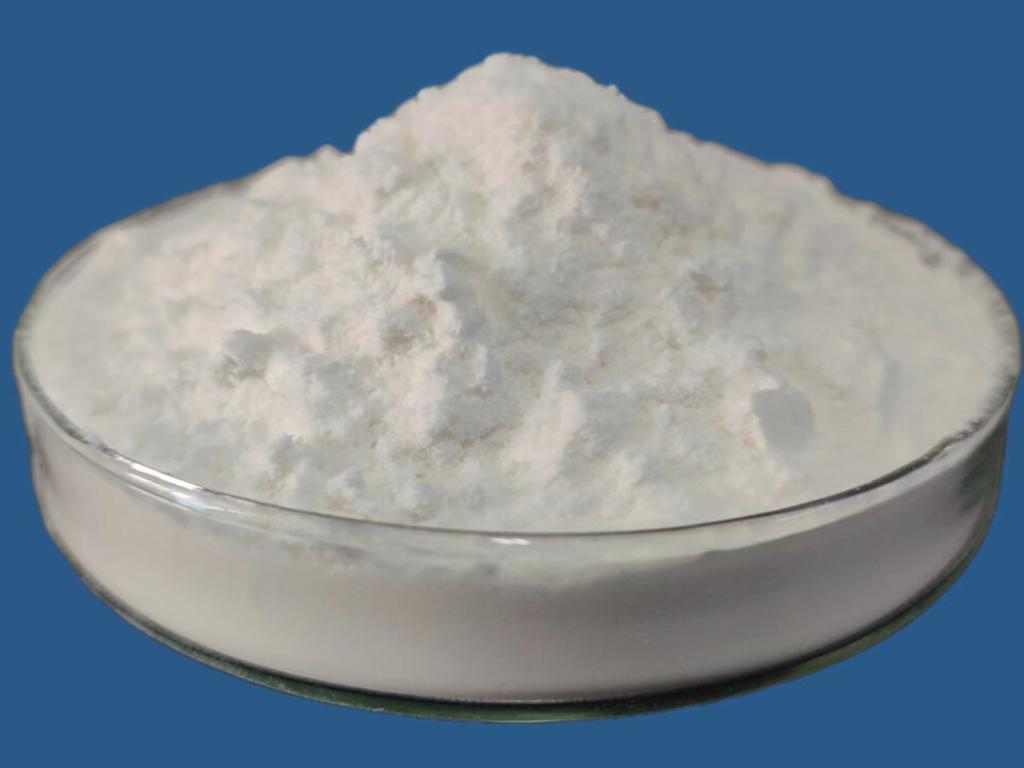Tel:0086 18231198596

News
Current Position:
Home >
News
>ε-Polylysine Hydrochloride: A Green Approach to Pest Control in Agriculture
ε-Polylysine Hydrochloride: A Green Approach to Pest Control in Agriculture
TIME:2024-01-24
I. The Need for Sustainable Pest Control in Agriculture
A. Environmental Impact of Synthetic Pesticides
Traditional pesticides, while effective in controlling pests, often come with significant environmental drawbacks. Runoff from fields treated with synthetic pesticides can contaminate water sources, leading to ecological imbalances and adverse effects on non-target organisms. The persistence of chemical residues also raises concerns about long-term environmental impact.
B. Human Health Concerns
Exposure to synthetic pesticides can pose risks to human health, especially for farmers and agricultural workers who handle these chemicals. Respiratory issues, skin disorders, and long-term health implications have been associated with the use of certain synthetic pesticides, highlighting the need for safer alternatives.
C. Development of Pesticide Resistance
Prolonged and widespread use of synthetic pesticides has led to the development of resistance in many pest populations. This resistance poses a significant challenge for farmers, requiring them to use higher concentrations or resort to more potent chemicals, further exacerbating environmental and health concerns.
II. ε-Polylysine Hydrochloride: An Overview
A. Natural Origin and Production
ε-Polylysine hydrochloride is a natural antimicrobial compound produced through the fermentation of Streptomyces albulus. Its production involves the use of renewable resources and eco-friendly processes, aligning with the principles of sustainable and green agriculture.
B. Antimicrobial Properties
The primary mode of action of ε-polylysine hydrochloride is its ability to disrupt microbial cell membranes, inhibiting the growth of bacteria and fungi. This targeted antimicrobial action makes it a potent tool against various pests while minimizing impacts on non-target organisms.
III. Eco-Friendly Pest Control with ε-Polylysine Hydrochloride
A. Non-Toxic to Beneficial Organisms
One of the key advantages of ε-polylysine hydrochloride as a pest control agent is its specificity. Unlike many synthetic pesticides, it is non-toxic to beneficial organisms such as pollinators, predators, and soil microorganisms. This allows for the preservation of ecological balance in agricultural ecosystems.
B. Reduced Environmental Impact
ε-Polylysine hydrochloride's natural origin and biodegradability contribute to its reduced environmental impact. Its application does not leave persistent residues in the soil or water, minimizing the risk of contamination and supporting sustainable agricultural practices.
C. Safer for Farmers and Workers
The use of ε-polylysine hydrochloride reduces the risk of health issues associated with pesticide exposure. Farmers and agricultural workers can adopt this green approach to pest control without compromising their safety, contributing to a healthier working environment.
IV. Efficacy Against Pests
A. Broad-Spectrum Activity
Research indicates that ε-polylysine hydrochloride exhibits broad-spectrum activity against a variety of pests, including insects, fungi, and bacteria. This versatility makes it a valuable tool for integrated pest management (IPM) strategies, addressing multiple threats to crops simultaneously.
B. Impact on Insect Pests
Studies have demonstrated the effectiveness of ε-polylysine hydrochloride against common insect pests, such as aphids, caterpillars, and beetles. Its ability to disrupt the cell membranes of insect pests hinders their growth and reproduction, offering a sustainable solution to pest infestations.
C. Control of Plant Pathogens
In addition to insect pests, ε-polylysine hydrochloride has shown promising results in controlling various plant pathogens, including fungi and bacteria. Its antimicrobial properties contribute to preventing and managing diseases that can significantly impact crop yields.
V. Integration into Integrated Pest Management (IPM) Strategies
A. Compatibility with Beneficial Organisms
ε-Polylysine hydrochloride's compatibility with beneficial organisms makes it an ideal component of integrated pest management (IPM) strategies. By selectively targeting pests while preserving natural predators and pollinators, it supports a holistic and sustainable approach to pest control.
B. Reduced Reliance on Synthetic Pesticides
The integration of ε-polylysine hydrochloride into IPM practices allows for a reduced reliance on synthetic pesticides. Farmers can adopt a more balanced and environmentally friendly pest management approach, minimizing the negative impacts associated with chemical interventions.
VI. Challenges and Considerations
A. Formulation and Application
The development of effective formulations and application methods for ε-polylysine hydrochloride is crucial for its successful integration into pest management practices. Researchers and agricultural practitioners need to optimize these aspects to maximize its efficacy against pests.
B. Resistance Management
While ε-polylysine hydrochloride offers a promising alternative to synthetic pesticides, proactive measures must be taken to manage the potential development of resistance in pest populations. Rotational use with other compatible pest control methods can help mitigate this risk.
VII. Future Directions and Collaborative Efforts
A. Continued Research and Innovation
Ongoing research is essential to further explore the potential applications of ε-polylysine hydrochloride in diverse agricultural settings. Collaborative efforts between researchers, agricultural extension services, and farmers can drive innovation and optimize its use in different crops and regions.
B. Educational Outreach
Educational programs and outreach initiatives are crucial to raise awareness about the benefits of ε-polylysine hydrochloride and promote its adoption among farmers. Providing information on its effectiveness, safety, and environmental benefits can encourage its use in sustainable pest control practices.
VIII. Conclusion
ε-Polylysine hydrochloride presents a green and sustainable approach to pest control in agriculture, addressing the environmental, health, and resistance challenges associated with synthetic pesticides. Its natural origin, specificity against pests, and compatibility with beneficial organisms make it a valuable tool for integrated pest management strategies. As agriculture transitions towards more sustainable and eco-friendly practices, ε-polylysine hydrochloride stands out as a promising solution that aligns with the principles of green agriculture. The continued exploration of its applications and the collaborative efforts of researchers, farmers, and policymakers are essential to realizing the full potential of ε-polylysine hydrochloride in revolutionizing pest control practices and fostering a more sustainable future for agriculture.

 CONTACT
CONTACT




